|
Here's a reading I performed yesterday asking, "Where to put my energies in November?" PLAYING CARD INSIGHTS The numerical theme is 6 = is it worth it? I received two of a kind (2) = choice. Based on the playing card info, in November I'll be vibrating 6 energy which means I'll be questioning the worth or value of something, and perhaps will need to choose between two things. TRIGRAM ENERGIES I received MOUNTAIN over EARTH with moving lines 3, 4, 6 or Hexagram 23:3.4.6 titled Loss changing into Hexagram 62 titled Small Excess. MOUNTAIN describes a blocked environment or huge obstacle that seems like an impasse. Internally, I'll be waiting and wondering when things will happen, taking inventory of what I have, and being adaptive. This energy is SINKING which shows it's about retreating or staying still rather than moving. There's also 5 yin lines to only 1 yang line in this hexagram which reflects a stable but passive energy and going inward. November may feel like a slow month with not much happening but it may be great for creativity and self-discovery work. MOVING LINE PROMPTS The three key questions of the month (based on moving lines): Are you willing to defend your position? Can you find common ground? Is it time to re-evaluate or walk away? BIGRAM GUIDANCE The bigram guidance is WINTER, revealing November is a month for withdrawal, rest, waiting, and nourishment. It's not a time to start anything new but rather to brush off old projects and ideas that have been forgotten. It's a time of simplicity and saving. TRANSLATED TEXT
The judgement for Hexagram 23: "Stripping away. Fruitless to have a direction to go." This means this is a time for releasing or stripping away. It's not a good time to set a course for a new destination. The moving line text reads: Stripping away. No mistake. Stripping the bed by way of the flesh. Pitfall. A ripe fruit uneaten. Noble one gets a cart. Small people strip their huts. --Translation by Hilary Barrett, Language of Change The symbolic translation of this is that November will be a period of releasing and stripping away layers of old patterns and beliefs. This process may manifest in the outer world as blockage but it doesn't actually cause a restriction. However, a deep stripping (peeling off layers of conscious thought to reveal subconscious layers) creates a pitfall, which I associate with WATER or going into the depths of depression. The ripe fruit uneaten suggests a ripe opportunity that is passed up or rejected. Noble one in this case means being imaginative and seeing the possibilities for change and growth. The noble one gets a cart = imagination provides a vision to move forward. Small people refers to being small-minded with no vision. Small people strip their huts = limited vision and imagination leads to losing resources. On a more literal level, this could relate to a car (cart) and house (huts). NUCLEAR TRIGRAMS We can expand on the bigram guidance by looking at the nuclear trigrams - those that are inside of the hexagram. In this case, both nuclear trigrams are EARTH reflecting this guidance:
CHANGED HEXAGRAM The changed hexagram shows the developing story. Perhaps this is the energy of December. THUNDER over MOUNTAIN reveals an external environment that's full of change and perhaps a fresh start. There's new movement, an awakening, a decisive action. However, the energy of MOUNTAIN has now moved to the internal position so this suggests I may not even be aware of these changes. MOUNTAIN reflects a desire to hibernate, to isolate, and experience alone time. The bigram guidance, however, says its time to get to work, take the lead, and make decisions. The changed energy is DIVERGING or separating and liberating. What I see in this is that after the stripping away period of November, I'll enter a period of awakening and new energy that may liberate me from the past.
0 Comments
October seems to be a good month for me and the I Ching, the ancient Chinese divination system: (1) I received Benebell Wen's latest book, I Ching The Oracle (2) I'm taking Harmen Mesker's online course, The Power of the Hexagrams (3) I'm teaching a new course through Kiala Givehand's Life Alchemy Academy, called, Deconstructing the I Ching. The I Ching is one of the oldest and most influential books in the world. It is a Chinese classic text that has been used for centuries for divination, guidance, and self-reflection. Benebell's book provides one of the most detailed histories of the I Ching I've seen in a layperson's book, and the entire book (a hefty 800+ page tome) is rich with diverse ways to use the I ching for ritual, divination, healing and self-reflection. You can purchase the book HERE. Harmen Mesker is a Dutch I Ching instructor and creator of the Yijing Research Academy. I found his videos on YouTube this year and was ecstatic to find such a well-versed practitioner using the I Ching in a similar fashion as myself. He emphasizes use of the trigrams and reading the symbolic translated texts instead of the commentaries. You can find his YiTube Channel videos on YouTube HERE.
I've been studying the I Ching for about 25 years and the philosophical commentaries have never felt "correct" to me. About 15 years ago I realized those commentaries weren't actually translations of the original text but interpretations of translations. After finding some direct translations that contained symbolic and metaphoric language that could be interpreted as an oracle, I've been diving more deeply into the original oracular foundation of the I Ching, which includes understanding the energies of the trigrams, bigrams, and the 6 lines. And that brings me to my course, Deconstructing the I Ching. The I Ching is composed of 64 hexagrams. Typically, for an I Ching reading, the interpretive text of these hexagrams is consulted. However, there is another way to read the I Ching, without using a book of translations or commentaries. In my 4-hour course, you’ll learn to deconstruct the I Ching, and use the building blocks of the hexagram to gain immediate and intuitive messages to modern dilemmas. In this beginner-friendly course, you will:
The course includes:
To find out more about the course and register, click HERE. My Ko-fi members have been offered a deep discount on this course. If you're a member or supporter, click HERE for the discount link. In this left-handed handwriting sample, I found a few potential creative blocks:
The flying i-dots show great imagination that may keep you in the future instead of staying in the present moment. This can be a good thing when it comes to creativity. There's also strong organization of the writing on the page suggesting being adept at juggling a lot of interests. I didn't mention this in the video but there are a lot of cradle formations in the writing suggesting there's a strong need to nurture a desire (or receive self-care) that isn't getting met. Recommendations: Journaling and shadow work questions such as... (1) Why are you hiding your greatness? (2) In what ways must you conform to blend in instead of standing out? Why? (3) What prevents you from setting higher creative goals? (4) What BIG desire isn't getting fed? With all the new AI text-to-image technology popping up, I'm seeing a lot of artists claiming this is the demise of art or creativity itself. If this is what you believe, I think your creative shadow may be showing. First of all, art doesn't define creativity. Creativity can be applied in all areas of life, not just art. Creativity is a way of thinking and doing. It's a process that no one (and certainly not a technology trend) can take away from you. Secondly, art isn't going anywhere. Humans have been admiring art, creating art, and collecting art for many millennia. Here are some journaling questions to explore these aspects of creative shadow around AI-generated art:
If you're not concerned about AI-generated art, but feel you need to check in on your creative shadow, here are a few journaling prompts from my Mystic*Maker*Muse Questions for Creatives deck. You can find it HERE in my Ko-fi Shop. Question #1: What will validate your creativity for you? Question #2: What are your hidden beliefs about creativity? Question #3: WHY do you create? Question #4: Can you let go of the wheel? In this handwriting sample, I found a few potential creative blocks:
Recommendations:
Would you like for me to assess YOUR biggest creative block? Send me a handwriting sample and I may use it in this series. Begin with a piece of computer paper or other unlined paper and your favorite type of pen. Hand write a paragraph or more about your biggest creative block. Take a photo of the page and email it to [email protected] with the subject: Creative block handwriting.
Last weekend, I co-facilitated the Deck Creator's Mastermind (DCM), led by Kiala Givehand. The DCM shows you all the ways to create, publish, and sell the oracle deck of your dreams. One of my favorite aspects to teach is deck concept. The deck concept goes beyond just a deck idea and really hones in on the WHY behind making a deck. Each year that I've participated in DCM, it's become more and more clear to me that deck creating isn't just a creative process. It's a self-discovery process and, more importantly, a shadow-work process. Shadow is the stuff we wrestle with, that presents us with more questions than answers. It's what we don't see or are in denial about. It's when we feel stuck or when life feels hard and we get overwhelmed. Shadow work, however, is the work of facing the shadow stuff. It's confronting the heavy emotions and repeated unproductive patterns. Shadow work challenges us to witness our wholeness and not just the parts we want the world to see. Here are a few truths about shadow work and the deck-making process: (1) You can't make a deck that does not reflect you. Everything you create, especially an oracle deck, reflects you at that moment in time. And if you're wise, you'll look deep into the depths of that deck and discover yourself, your biases, and your fears, in the process. (2) Your deck concept reveals your current shadow work project. The deck you're trying to bring into the world has elements or themes of your current challenges. For instance, if your deck is about speaking up and using your voice, that's your biggest obstacle at the moment. If your deck promotes greater authenticity, that's what you're trying to integrate. Writing an honest deck concept will help you figure this out. Answer these questions:
(3) Lack of self-acceptance may be what's blocking you from completing your deck. If you cannot accept the shadow stuff your deck is bringing up, it will be difficult, if not impossible, to complete the deck. For instance, if you cannot seem to complete your deck that helps others with body esteem, it may be that, unconsciously, your own body esteem issues are the block. The deck may not progress until you do your shadow work and address, or at least acknowledge, the underlying issues. Last week, I made two personal oracle decks: Creative Compass Oracle and Black Gurl Magic Oracle. The Creative Compass Oracle is a deck that keeps evolving. This is the 5th version of it and it still feels incomplete. It's a deck reflecting the creative process. It answers questions about why you may be encountering blocks on your creative journey and offers ways to resolve them. Every card is presented in a positive light or as solutions to creative problems. I've been developing it as a way to better understand my creative process so I can help others with their creative process. It has the word "compass" in the name because my intention is that it's a tool that can help you determine your creative direction. But that's also my shadow work. I'm unsure of what my creative direction is at this stage in life. So, my deck evolves as I reach new states of awareness and understanding in this area. Black Gurl Magic Oracle features abstracts of Black women dancing, to reflect the ability of Black women to rise above suffering and pain. This is a poetry divination deck and the keywords are from 7 poems from 7 contemporary Black female poets. When you string a row of cards together, you'll create an original poem reflecting the soul of Black women. This deck is an antidote to the daily heaviness I feel for myself and other Black women, who seem to always be at the bottom of the world's hierarchy, "the mule of the world" to quote Zora Neale Hurston, and everyone's scapegoat. I am striving to dance through it with my head in the air, like these beautiful Black queens.
If you have an urge to create an oracle deck, just remember there's an internal process at work. It's not just about finding art and choosing a few keywords. I believe deck-making is a way to assist in your soul's evolution. When you complete the deck, you'll have the sense of opening up to a bigger version of yourself. What is your biggest creative block? In this video, I examine handwriting to uncover the root of a creative block. In this handwriting sample, I found a few potential creative blocks:
Recommendations:
Would you like for me to assess YOUR biggest creative block? Send me a handwriting sample and I may use it in this series. Begin with a piece of computer paper or other unlined paper and your favorite type of pen. Hand write a paragraph or more about your biggest creative block. Take a photo of the page and email it to [email protected] with the subject: Creative block handwriting.
Creativity and technology have always had a complex relationship. On one hand, technology has made it easier for creatives to bring their ideas to life, while on the other hand, it has been seen as a threat to the creative process. However, with the advent of more and more AI (artificial intelligence) tools, creatives can now leverage technology to enhance their creativity, and here’s how. (1) AI tools remove the barriers between ideas and reality. With the help of AI tools, creatives can now easily bring their imaginative ideas to life, without being limited by their lack of technical skills. These tools can generate realistic images, sounds, and even entire virtual worlds based on the specific input. (2) AI tools can automate repetitive tasks, freeing up more time for creative work. For example, tasks such as photo editing, resizing, and formatting images can be automated with AI tools, allowing creatives to focus on more important and less time-consuming tasks. (3) AI tools can help creatives boost their social media presence. AI tools can analyze the language, tone, and structure of a creative's blog post or social media update and suggest changes that would make it more engaging and effective. An AI tool could also analyze social media trends and suggest a new approach to a marketing campaign. (4) AI tools allow creatives to collaborate freely. Through the use of AI, creatives can work together on projects, regardless of their location. AI tools can facilitate communication, file sharing, and project management, making collaboration more efficient and effective. AI tools can be a valuable asset to creatives. With AI, it is now possible to quickly and accurately analyze vast amounts of data, identify patterns and trends, and make predictions about future outcomes with a high degree of accuracy. While it may not replace human creativity, it can certainly enhance it. As technology continues to advance, it will be interesting to see how AI tools evolve and how creatives will leverage them. This is the best explanation of generative AI art I've found so far! I'm leading a discussion/demo on using AI for deck creators in the Deck Creator's Mastermind with Kiala Givehand, which begins August 11, 2023. Click HERE for details.
Key Points:
RECOMMENDED RESOURCE
Key Points:
|
Soul Stories BlogUnearthing soul stories through creativity and symbolism. Archives
November 2023
Categories
All
|
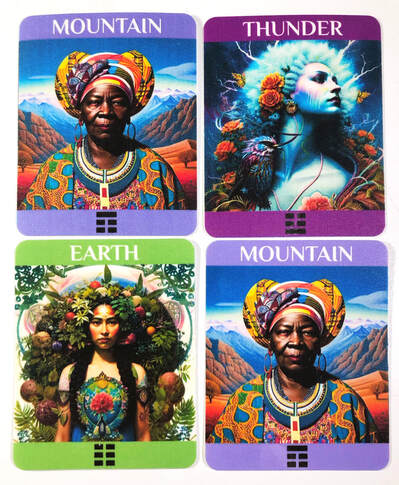

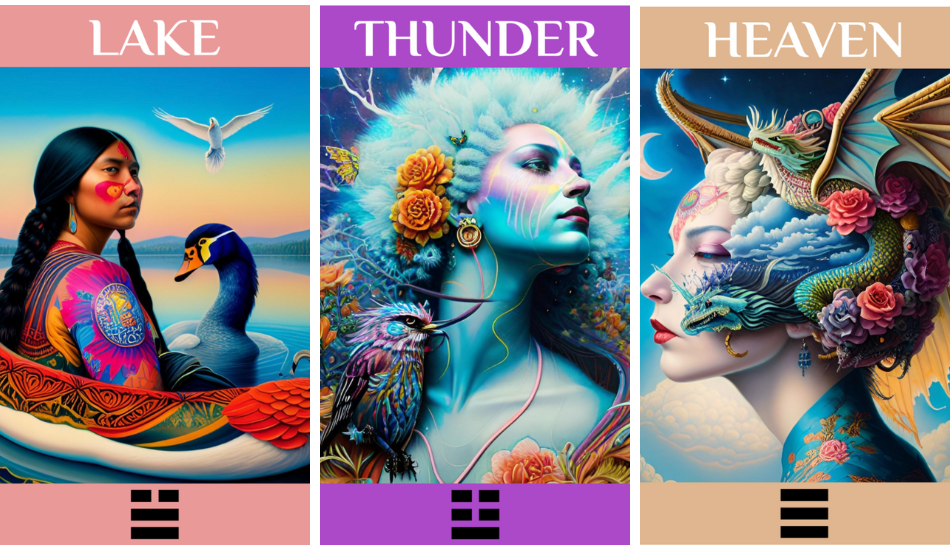
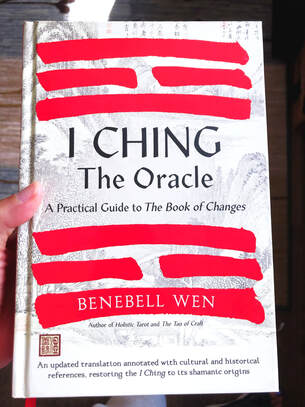
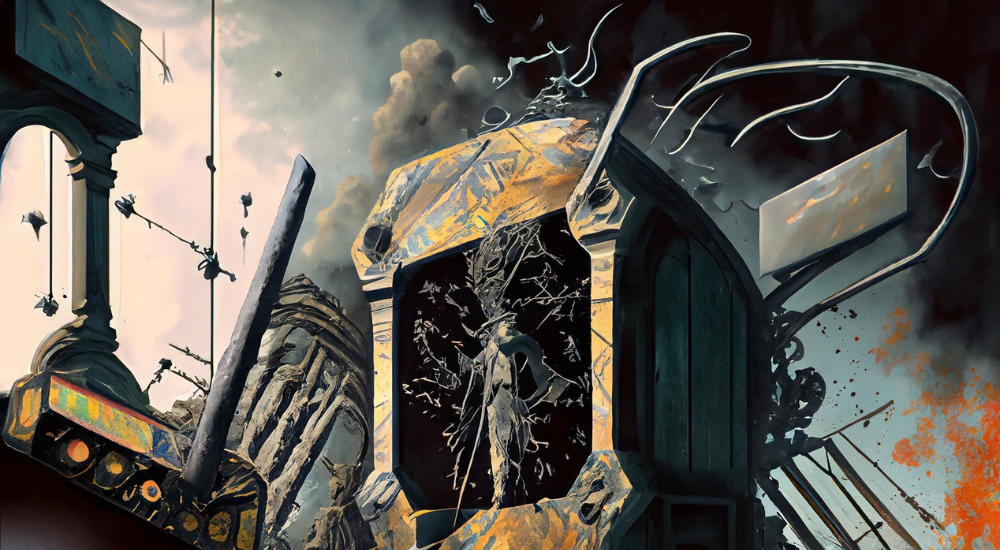
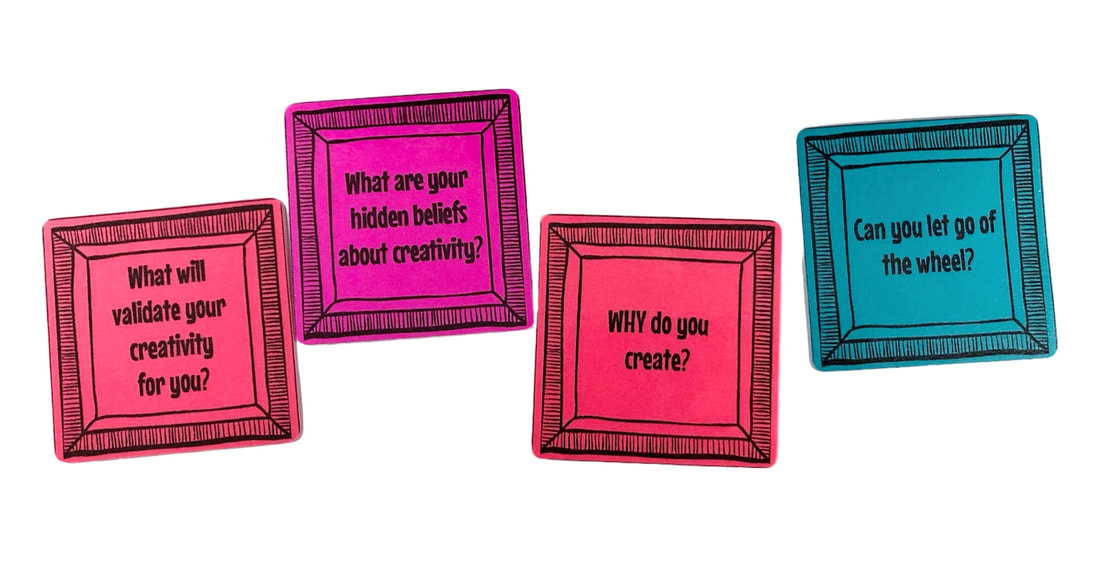
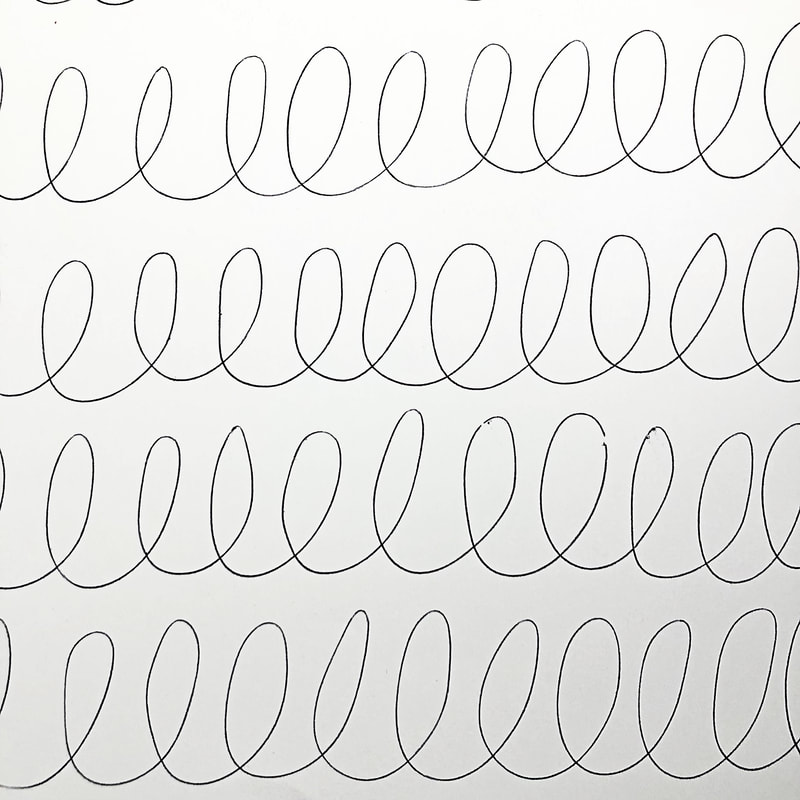
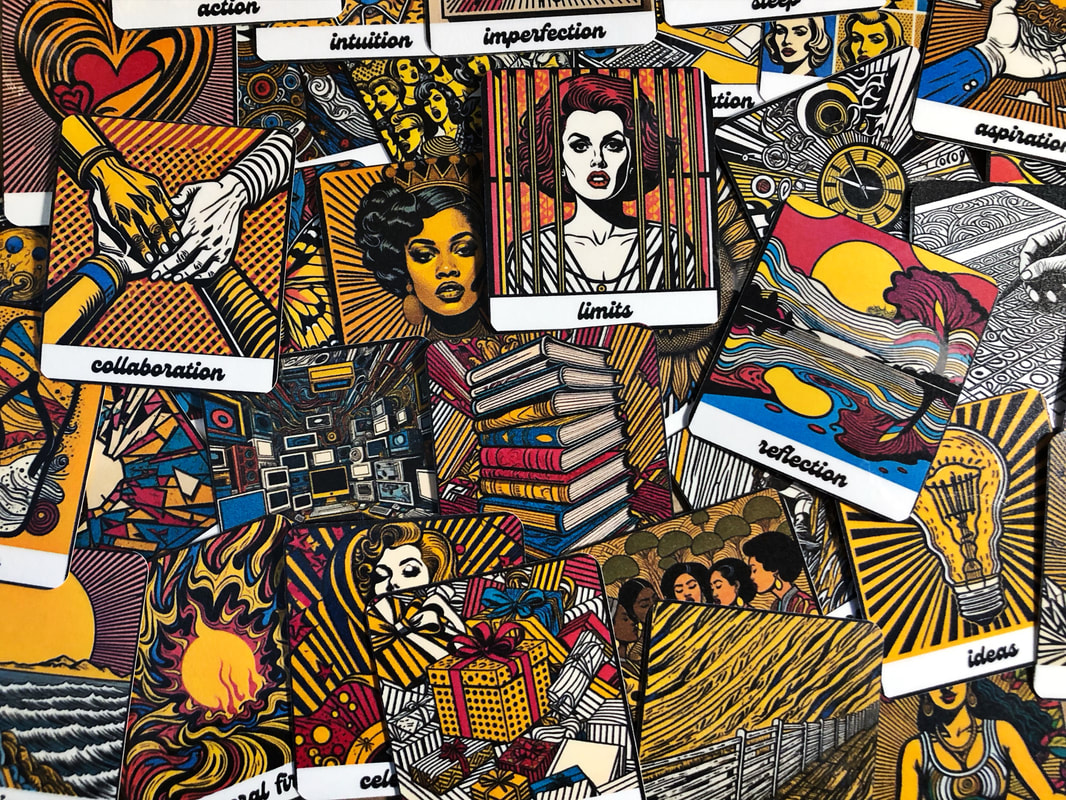
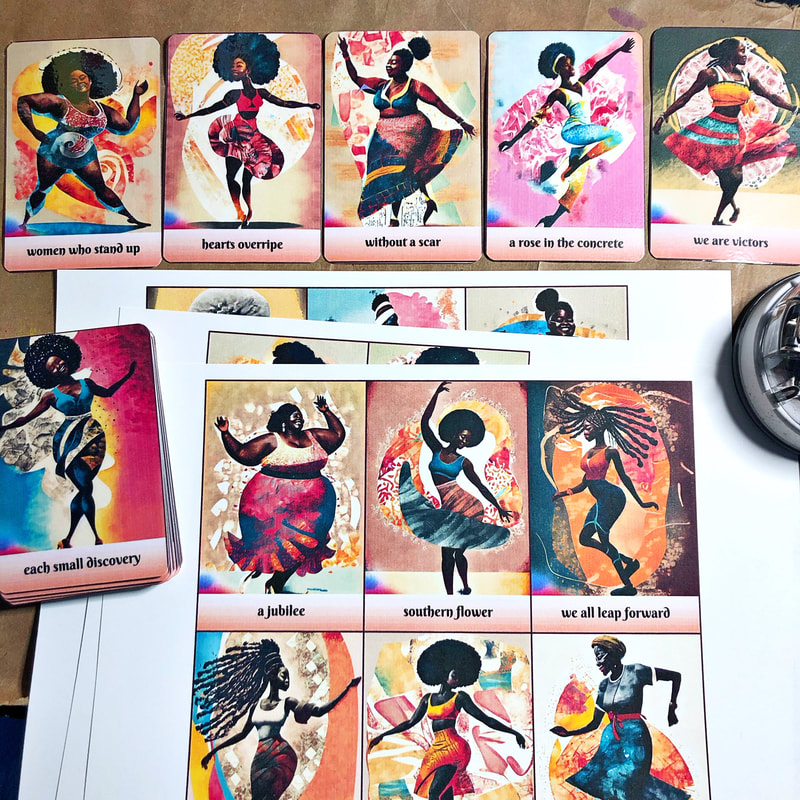
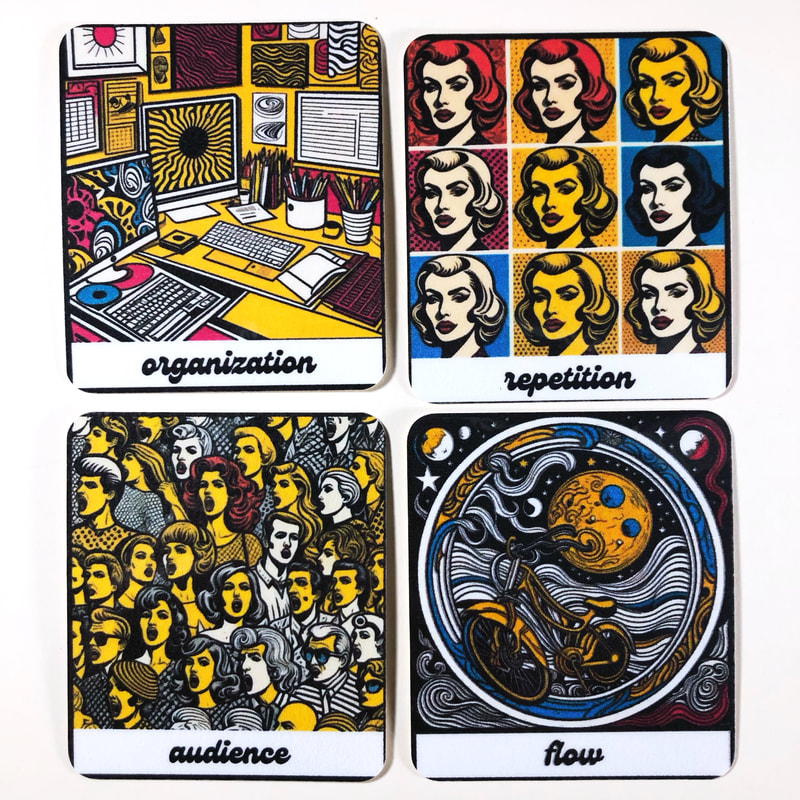
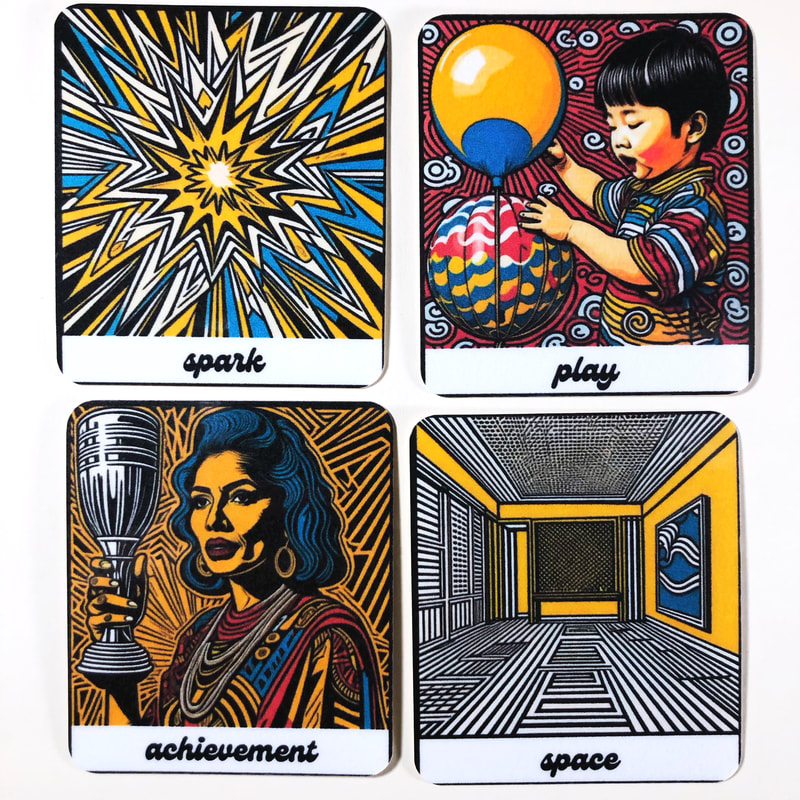
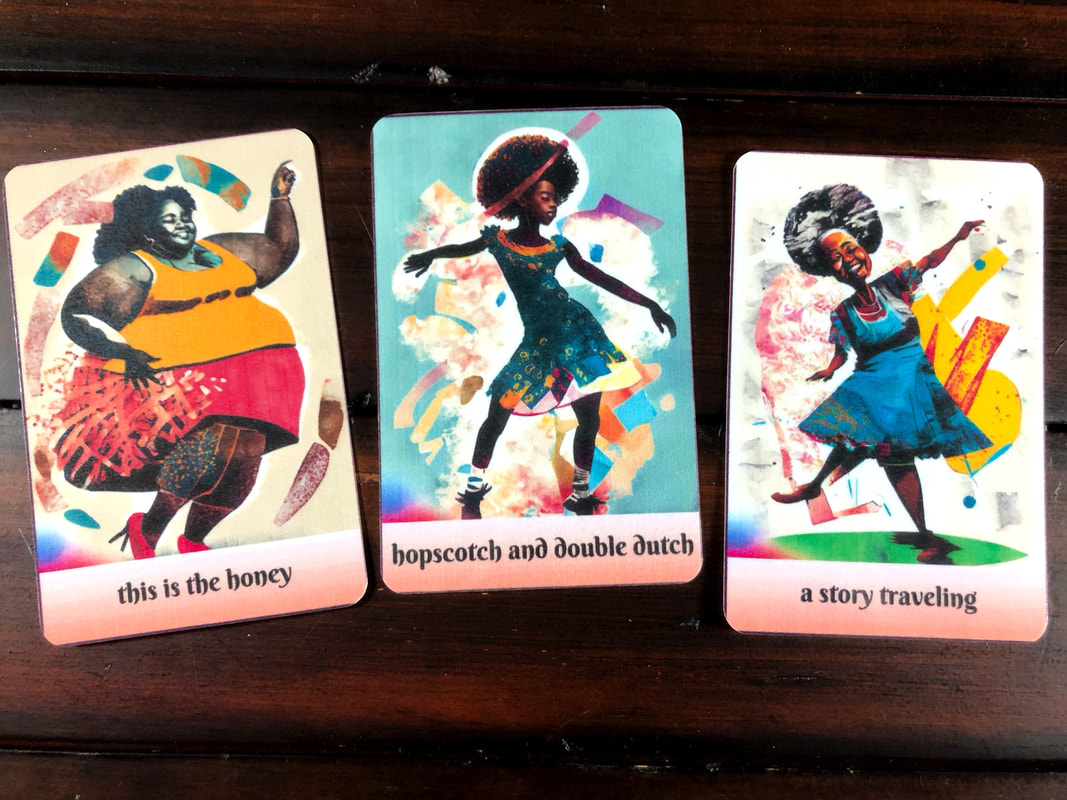
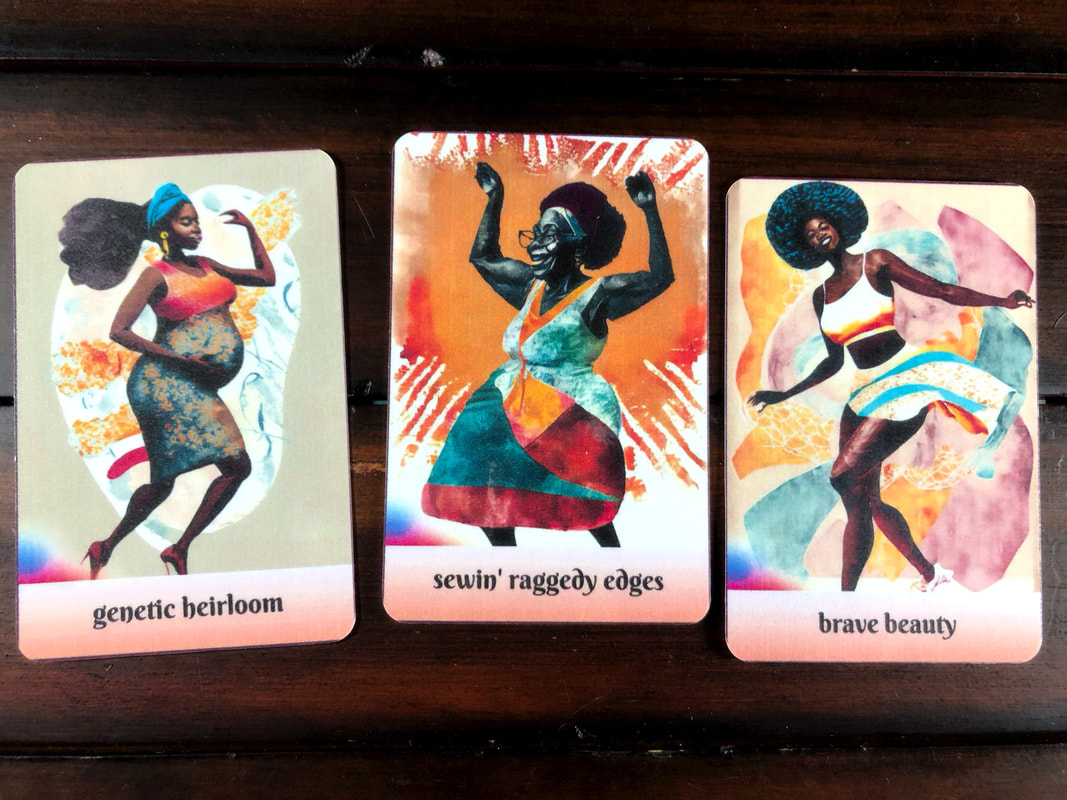
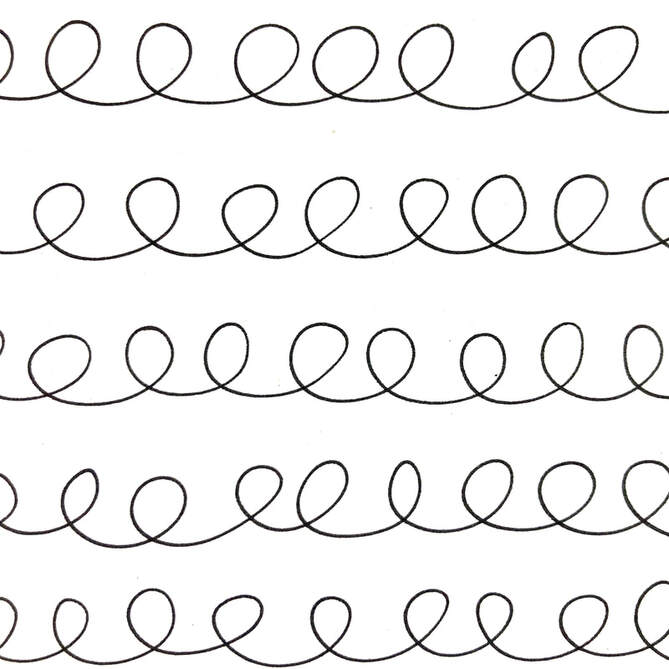
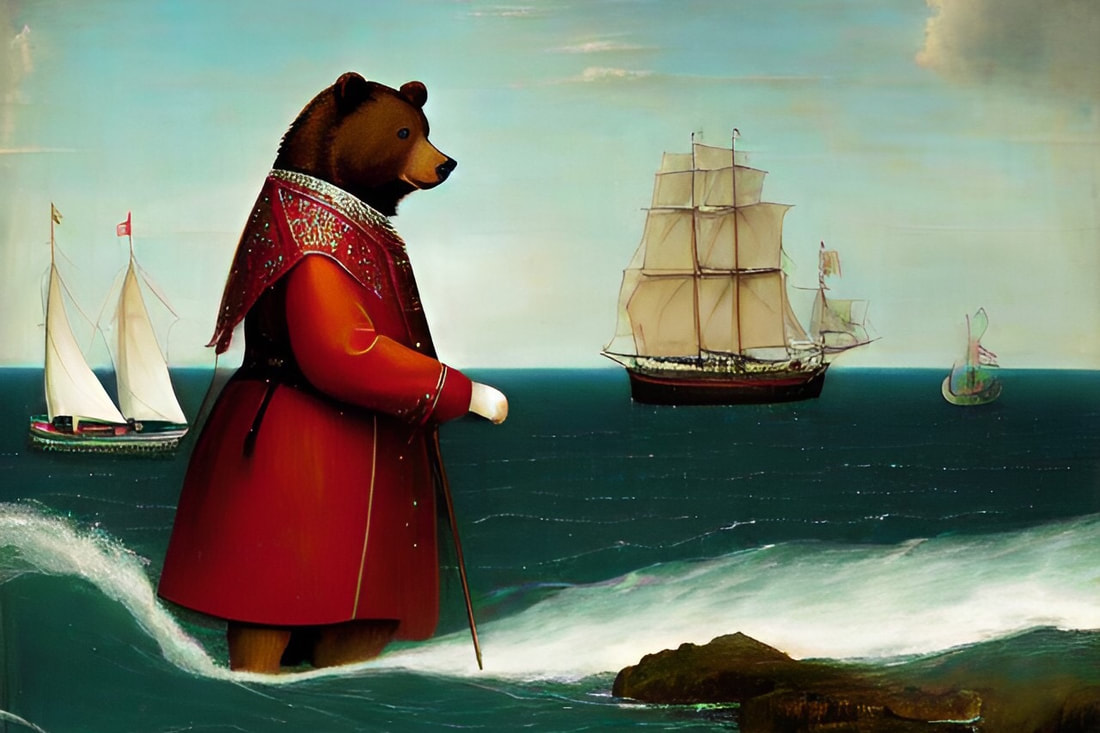
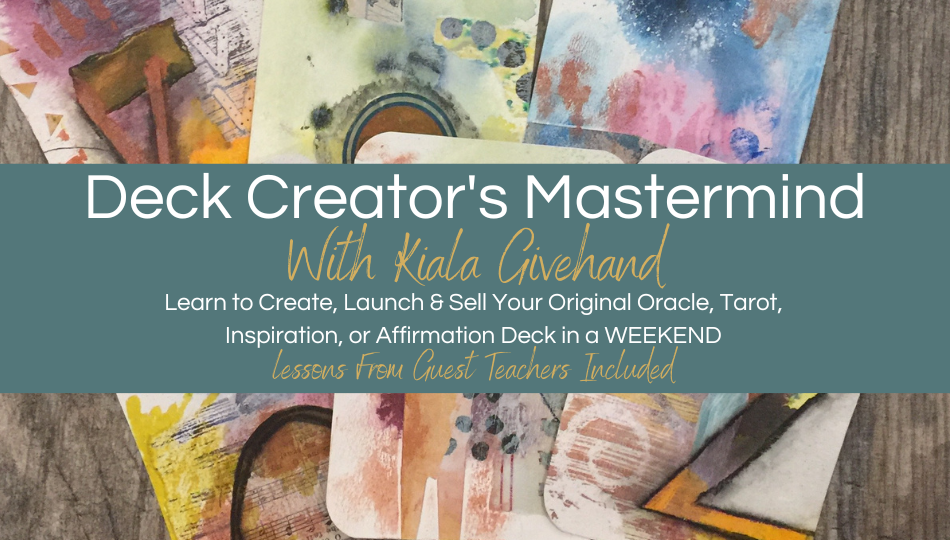

 RSS Feed
RSS Feed
